by Lois Rose
These images are from Heights area gardens in September this year.
Anemone. Needs full sun to partial shade, rich well drained soil.
Aster needs full sun. They will self-seed around your garden if you fail to deadhead. Can be lanky so cutting back early in the season, by early June, can create a shorter and later flowering plant. Aster tataricus is blooming right now—very late, with lavender-blue tall stems.
Hardy begonia. Partial or full shade, bloom for months, prefers moist rich soil, come in late.
Belamcanda, or Blackberry lily likes full sun, sometimes reseeds. Needs good drainage. Seed pods are great for arrangements.
Plumbago—cerratostigma plumbaginoides. Blue flowers late in season, full sun to partial shade. Good drainage is important, slowly spreading ground cover.
Chelone—pink turtlehead, full sun or partial shade. Seedheads are nice. Plants can be pinched back in spring to reduce height.
Heuchera likes full sun to partial shade. Don’t prune in winter. Mulch instead.
Kirengeshoma palmata likes partial shade, suffers in drought. Prefers slightly acid soil.
Liriope, creeping lilyturf. Full sun or shade, do not deadhead for interesting fruit. Clean up in spring.
Perovskia or Russian sage in full sun. Long flowering, tendency to flop. Pinch by one-half when a foot tall for fuller plants.
Phlox in full sun. Seedlings are not true to type. Thin by a third early to reduce mildew, or choose wisely. Pinching produces shorter plants and delays flowering.
Physostegia, obedient plant. Full sun or partial shade, deadhead to improve appearance and possibly lengthen bloom time.
Sedum likes full sun or partial shade—Autumn Joy is a four-season plant, so it is cut back after winter has taken its toll but only then. Can flop in shade but can be pinched or cut back to a few inches when 8 inches tall in June for shorter and later blooming.
Solidago is full sun. Can be cut back by a half in early June for shorter more compact habit and delay of flowering.
Trycyrtis, hairy toad lily likes partial shade. Can be cut back by one half in early June. Needs rich soil.
Heptacodium miconioides, Seven-son Flower. Grown as a shrub or tree, outstanding calyx display in pink after flowering is done in late fall. Needs moist, well drained, rich soil, partial shade, exfoliating bark.
If you want more information about the perennials or shrubs or trees, there are two very useful books that will help. One is “The Well-Tended Perennial Garden,” by Tracy DiSabato-Aust. This is the kind of book you keep by your bedside so that you can read up on what you have to do tomorrow in the garden. The other book is Michael Dirr’s “Manual of Woody Landscape Plants.” Again, the go-to source for all kinds of information, from beginners to advanced. There are no color illustrations, but he has produced another book to fill that gap. It has less detailed information, but the pictures are worth—well, you know.
If you haven’t seen enough plants, here are more images, offered without commentary.
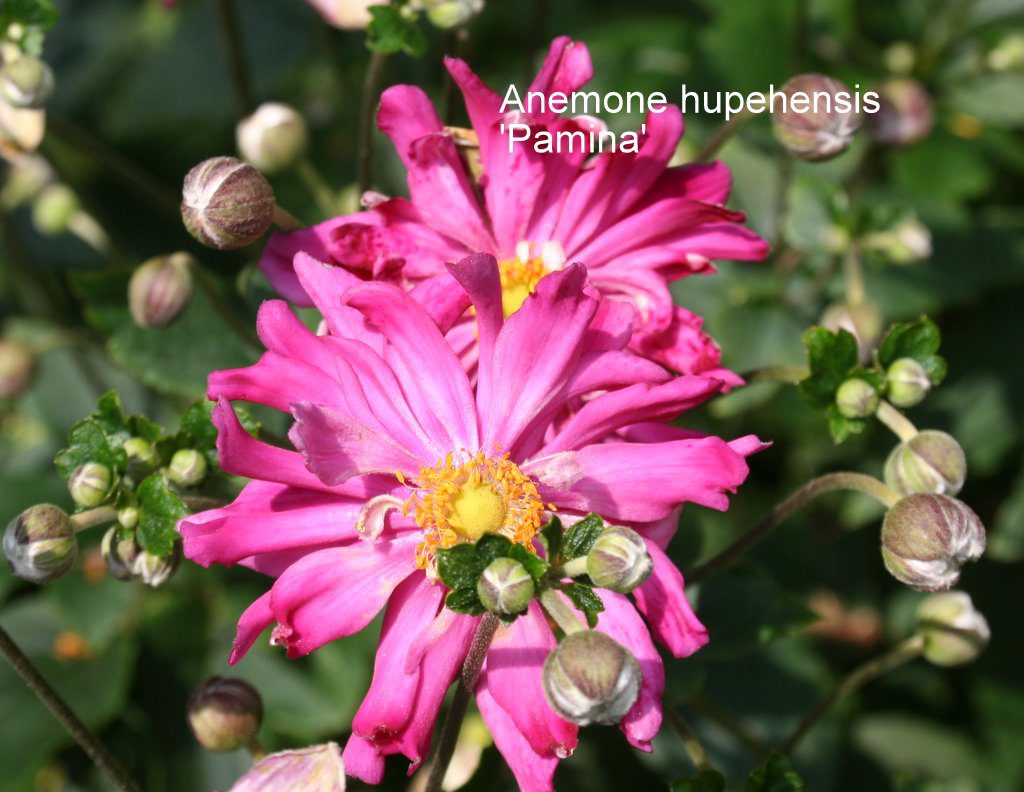
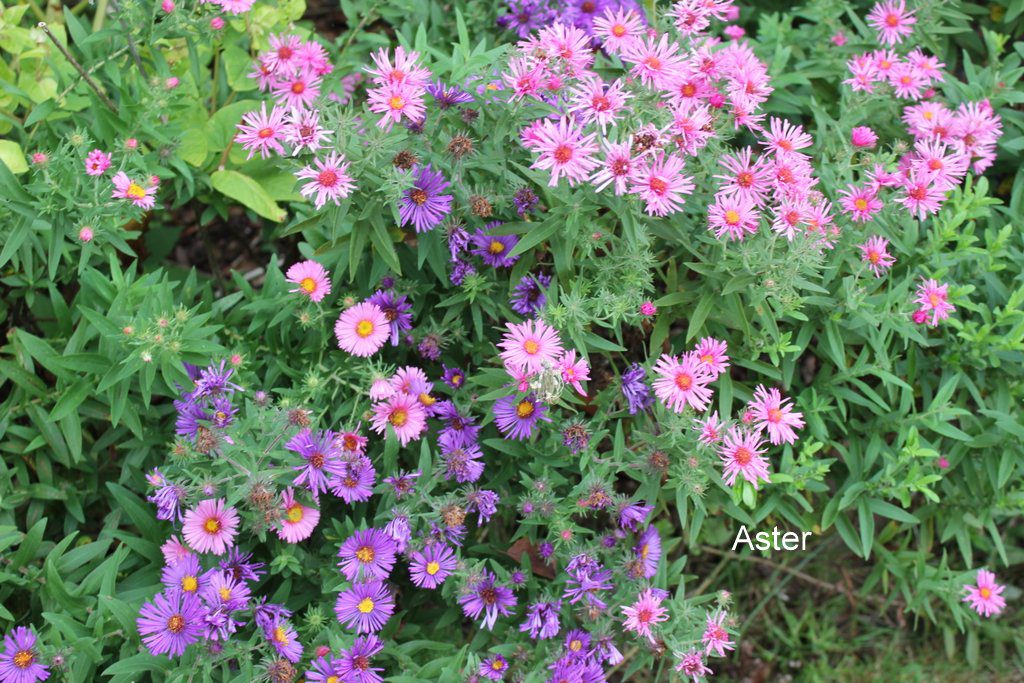
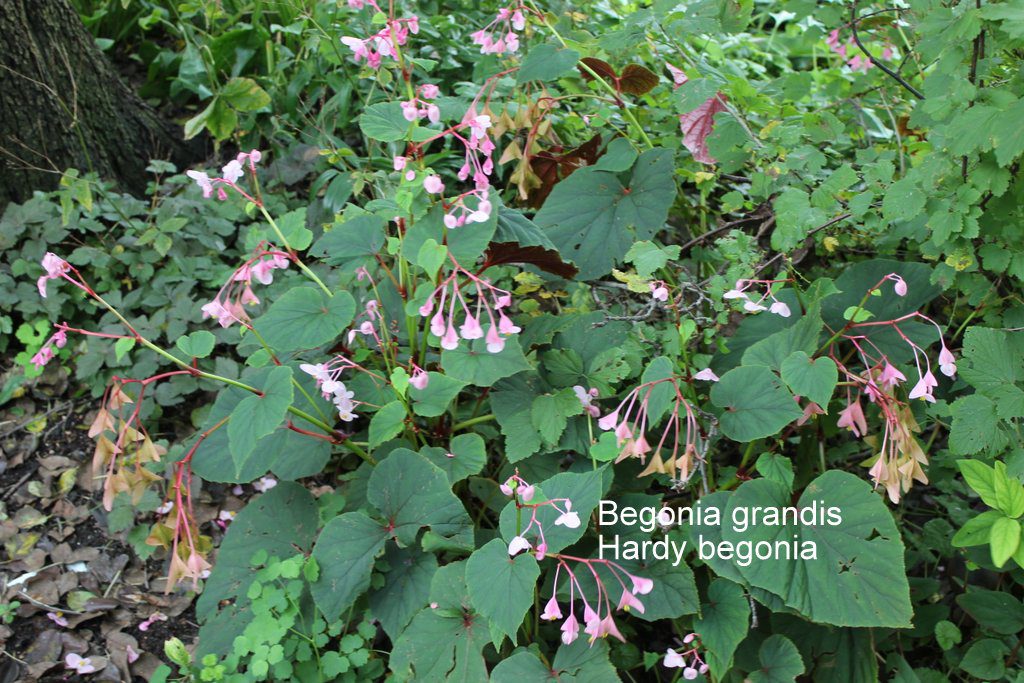
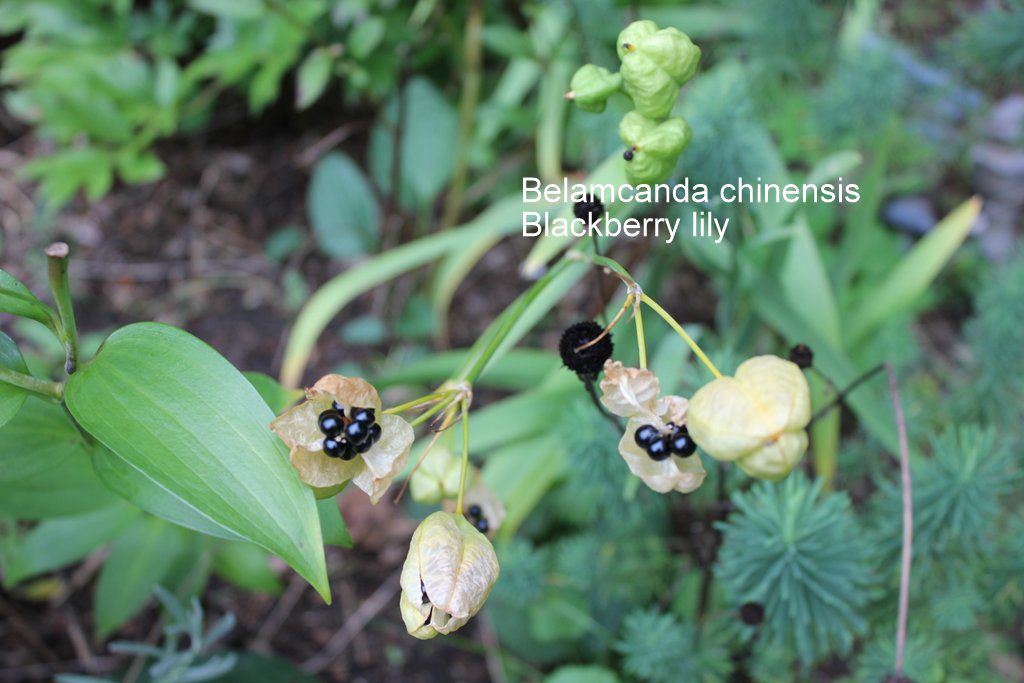
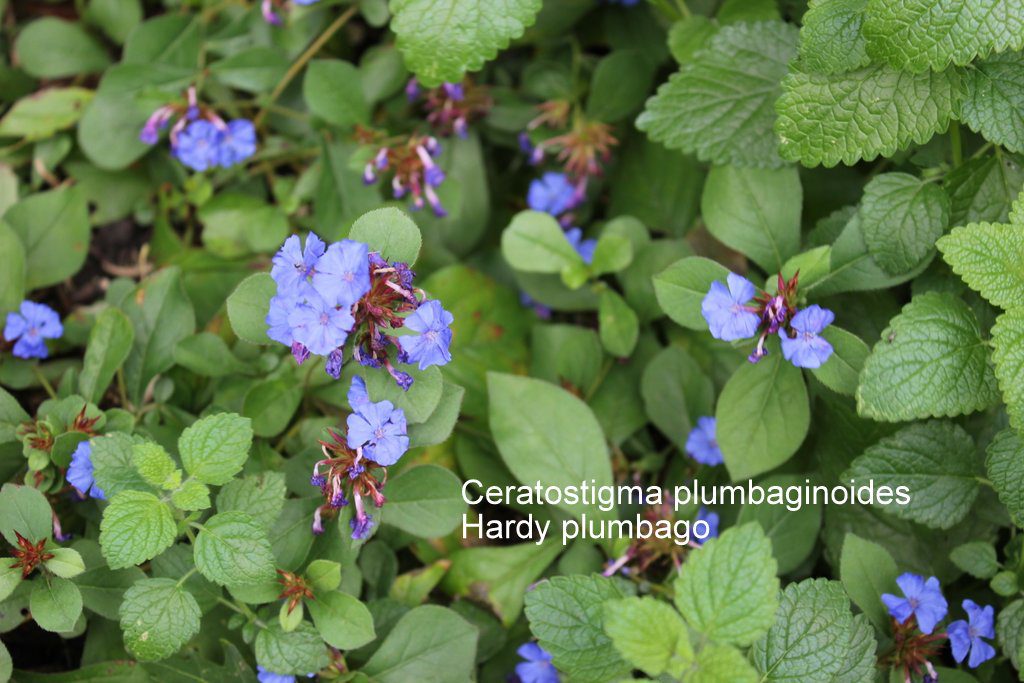
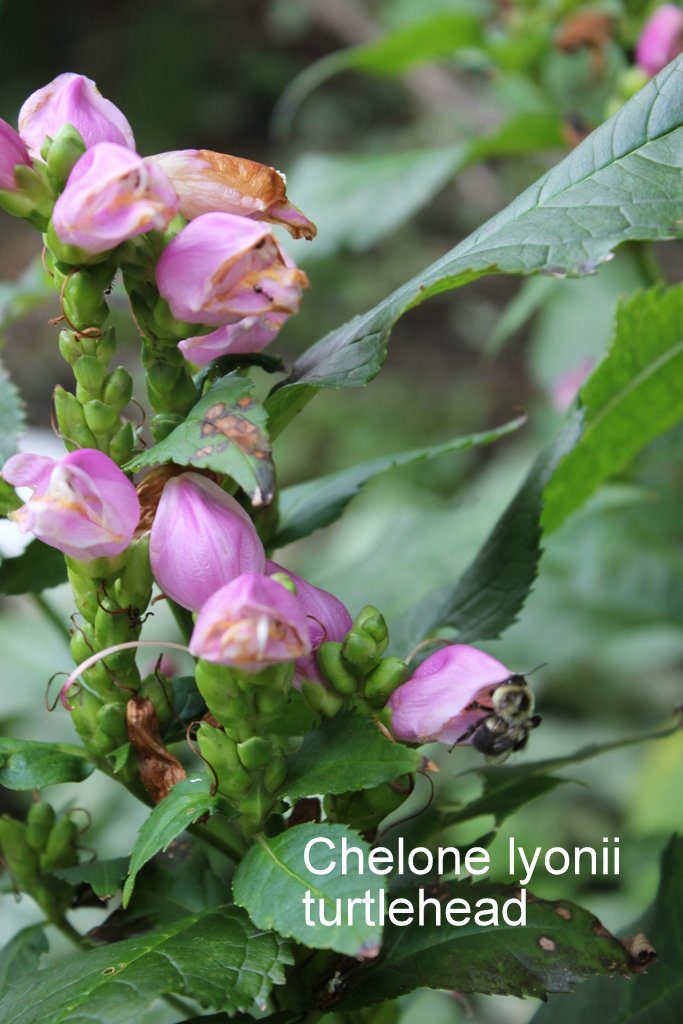
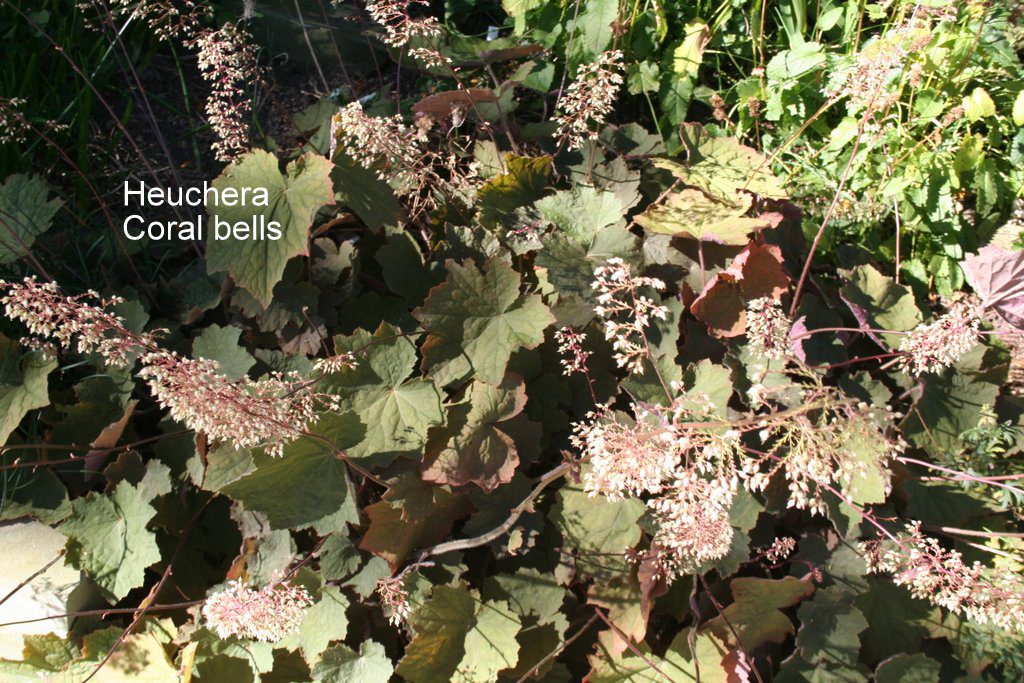
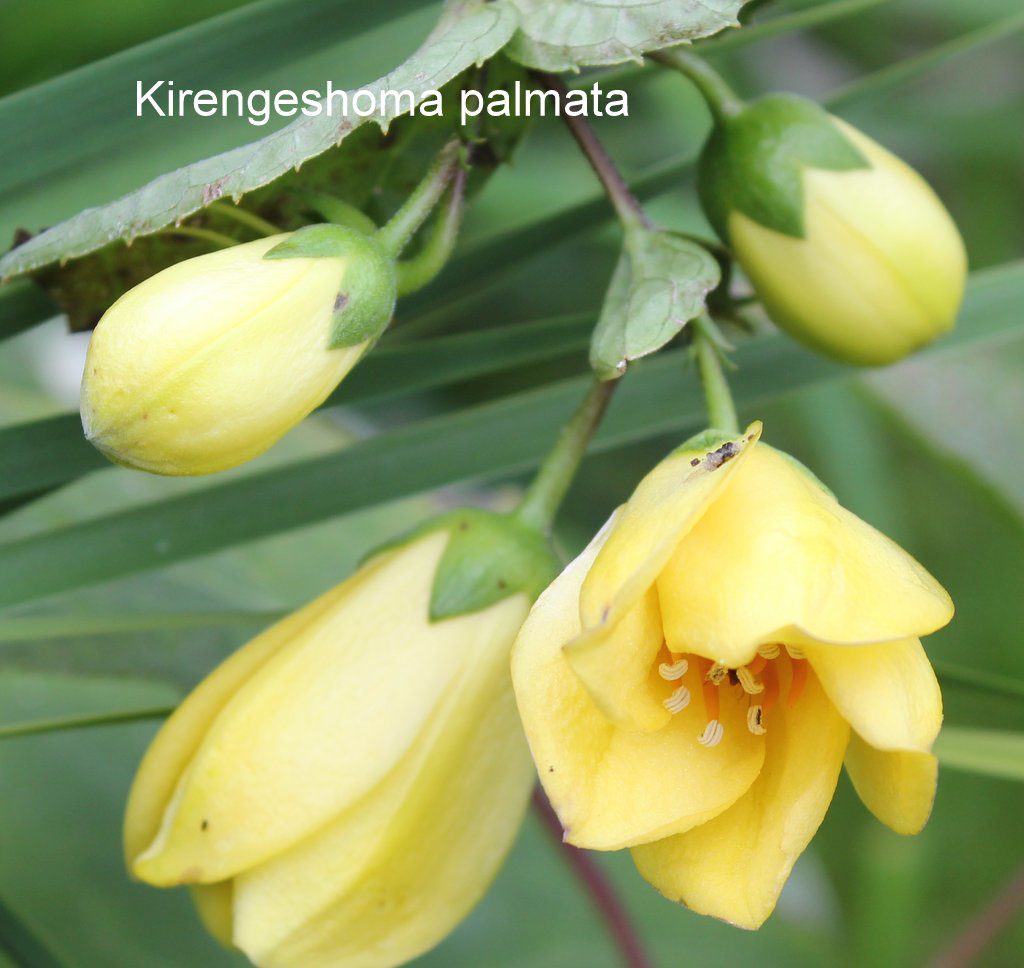
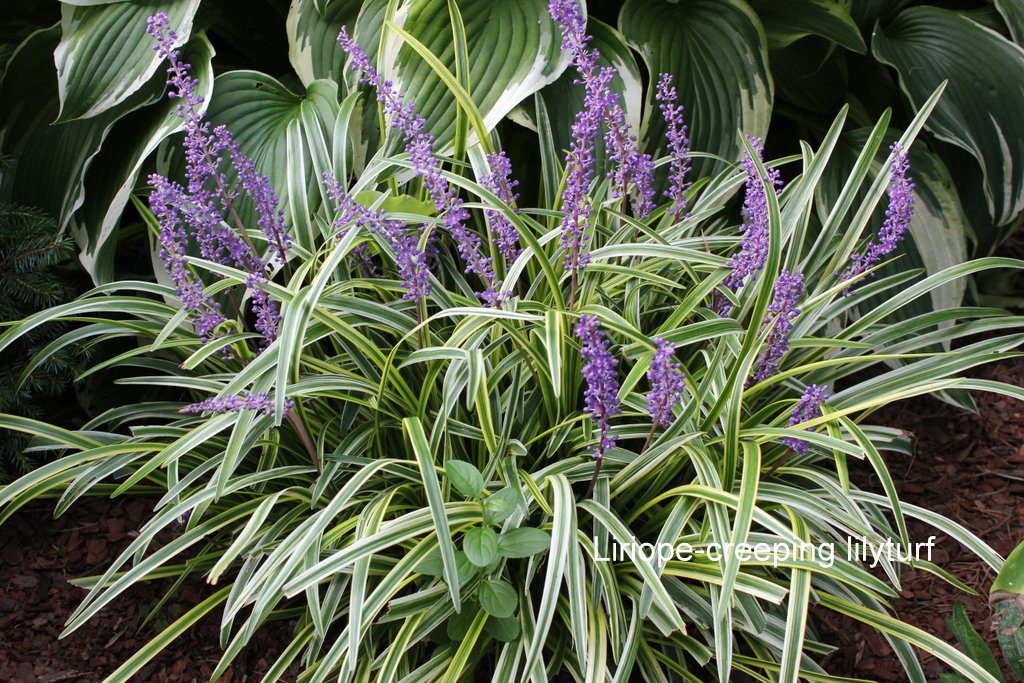
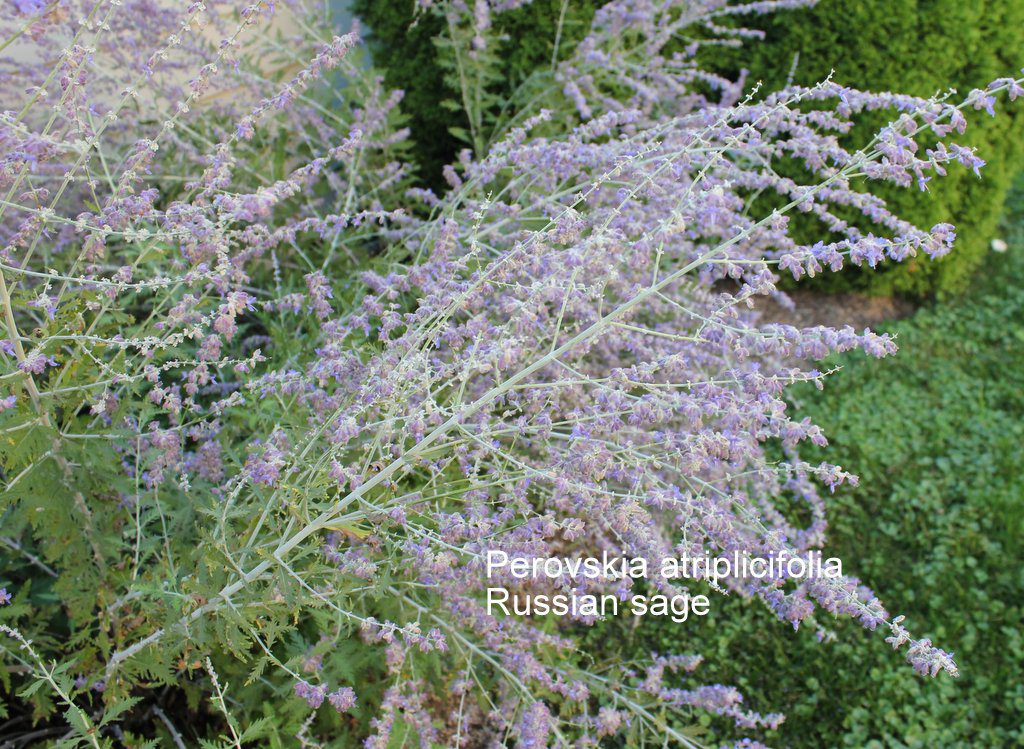
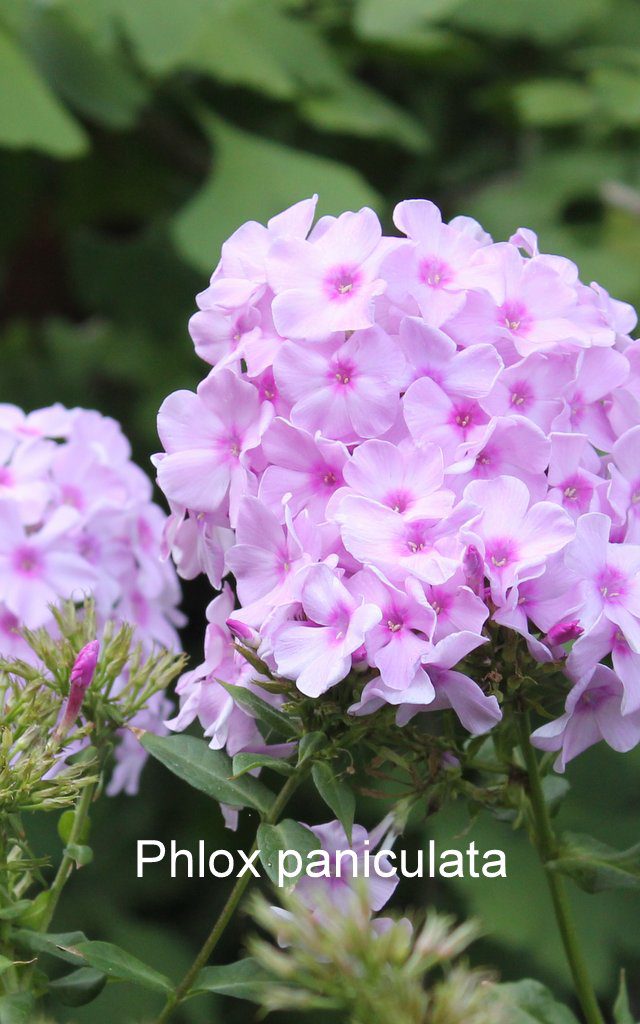
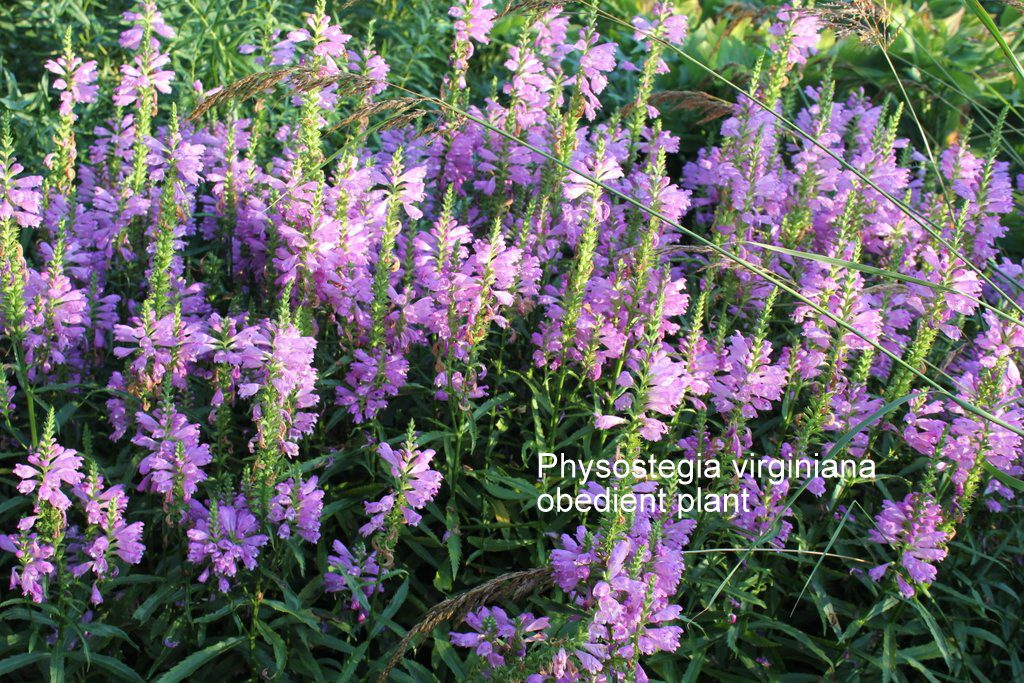
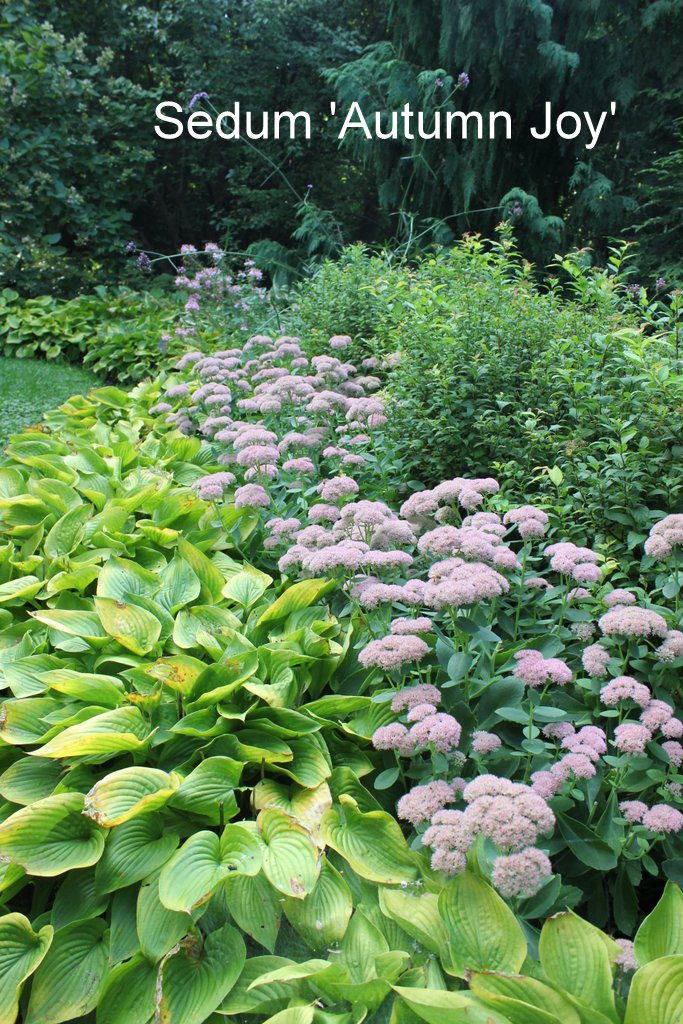
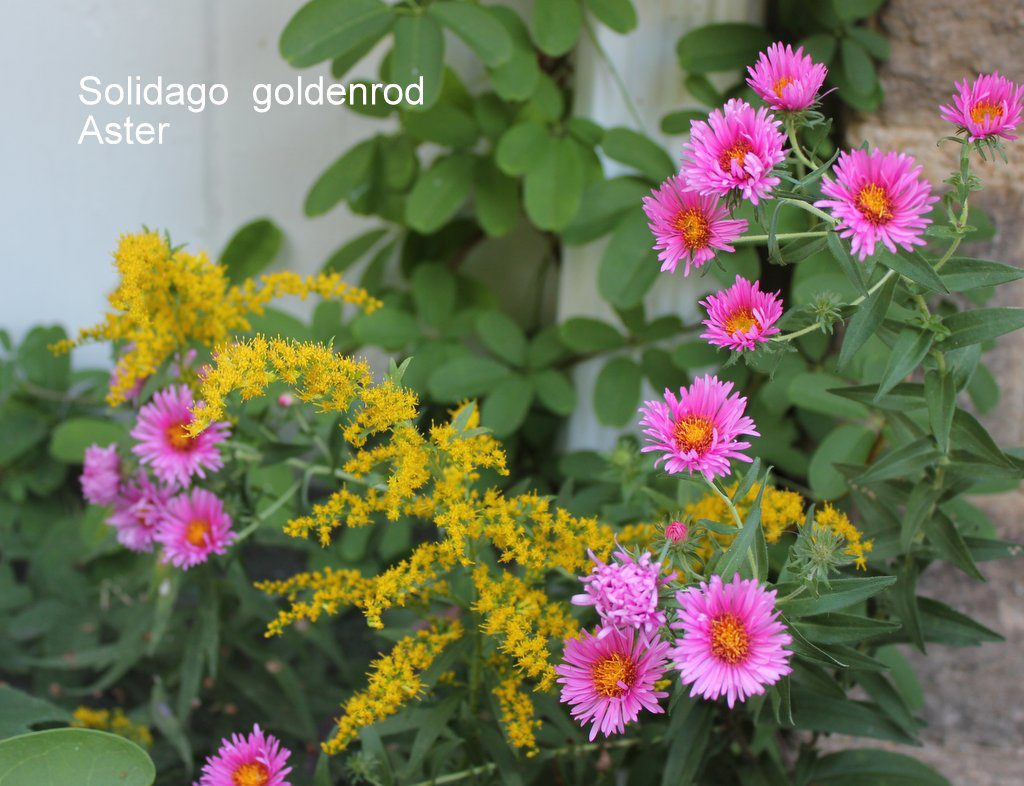
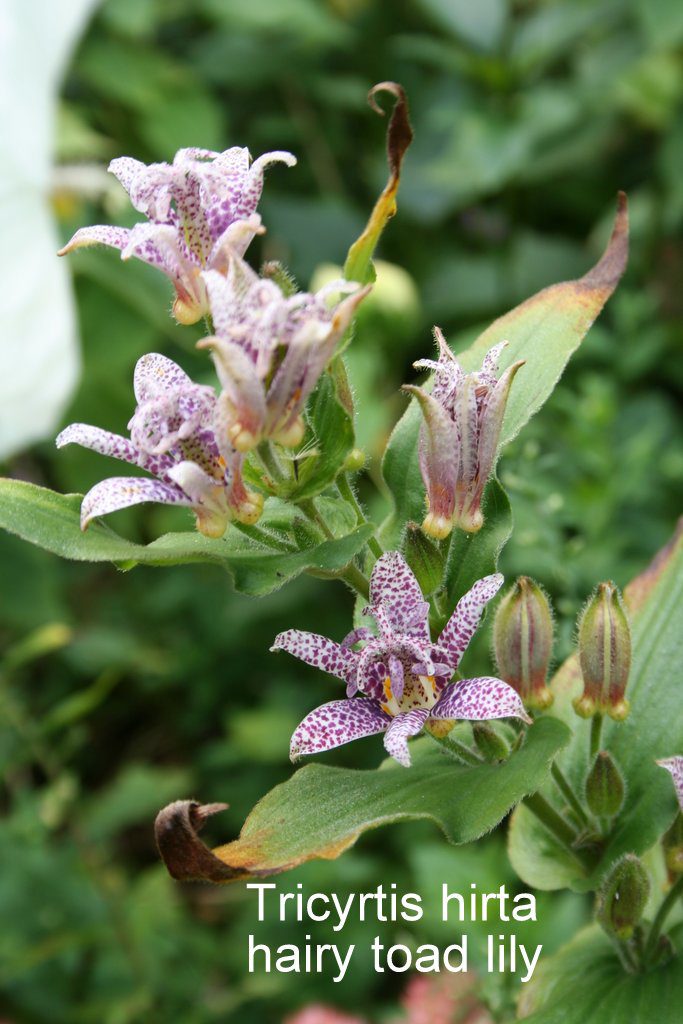
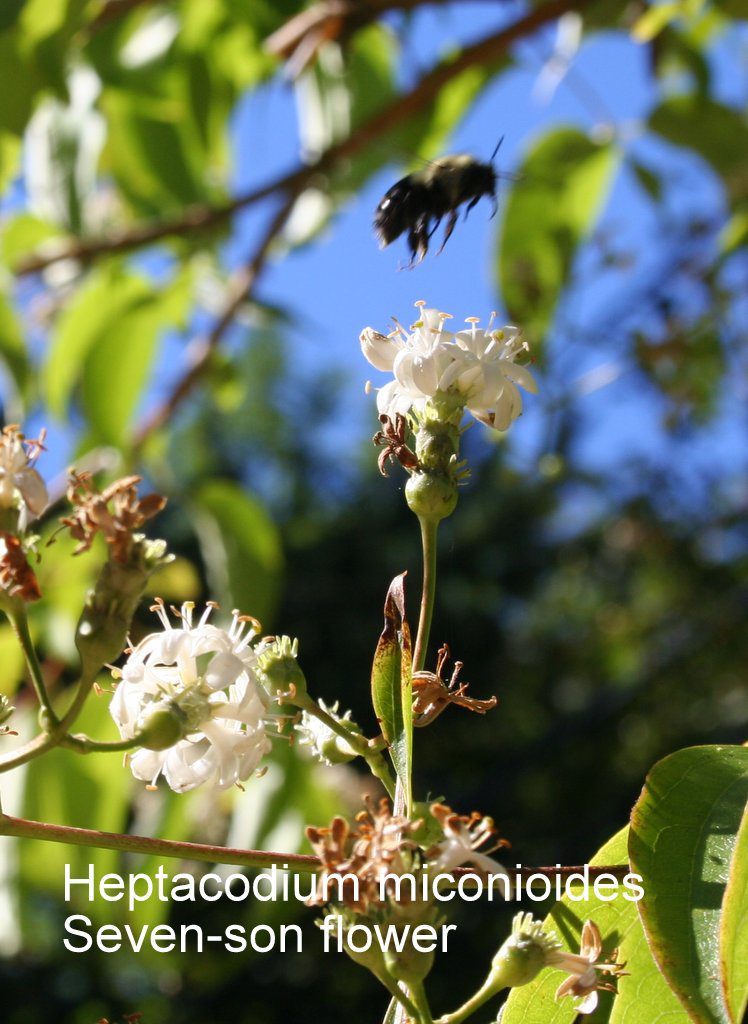
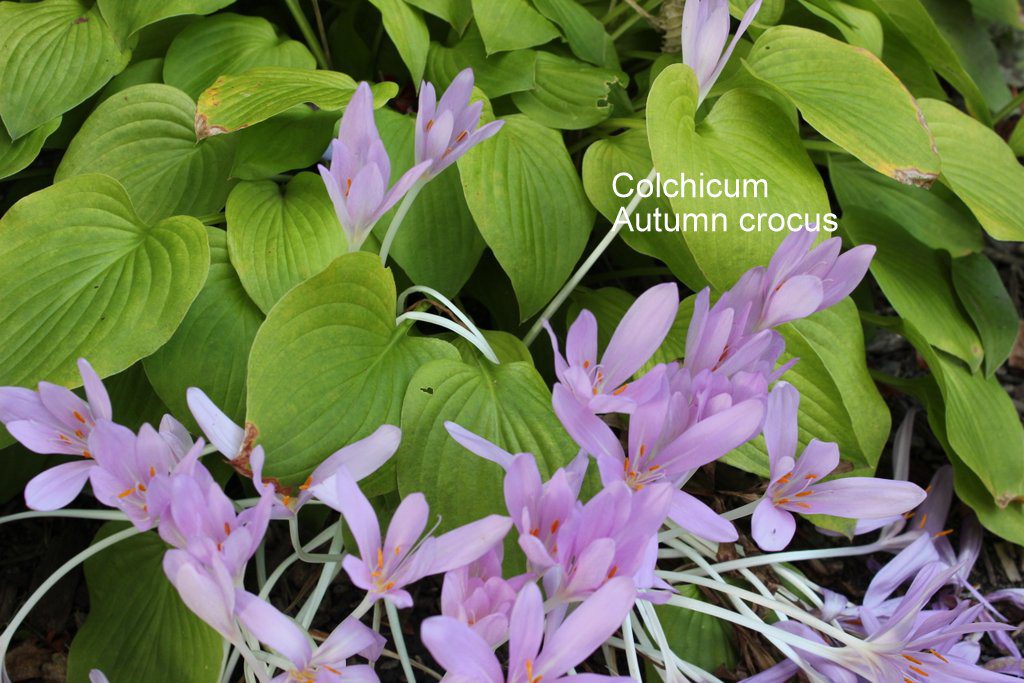
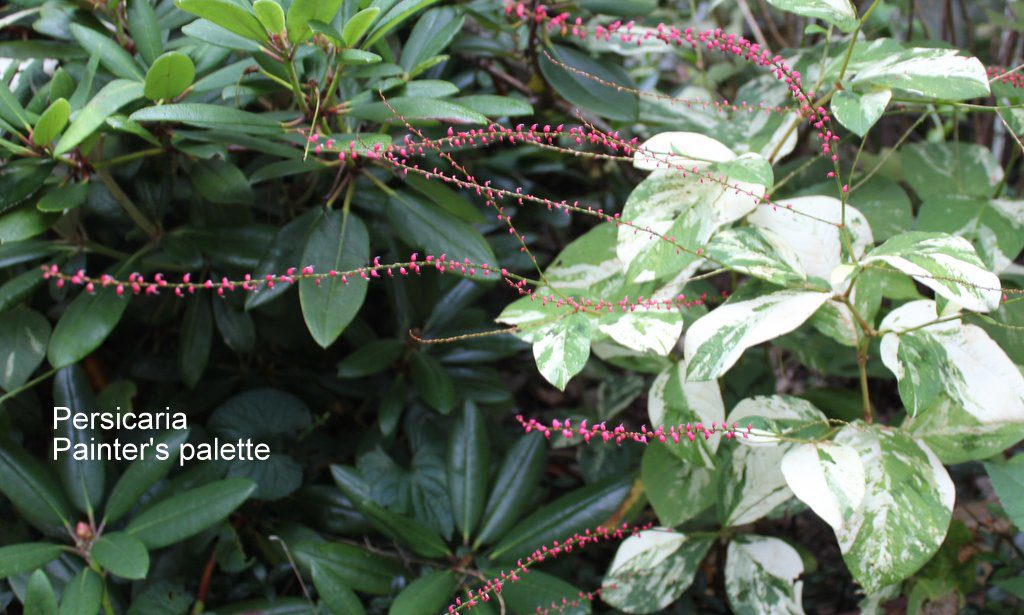
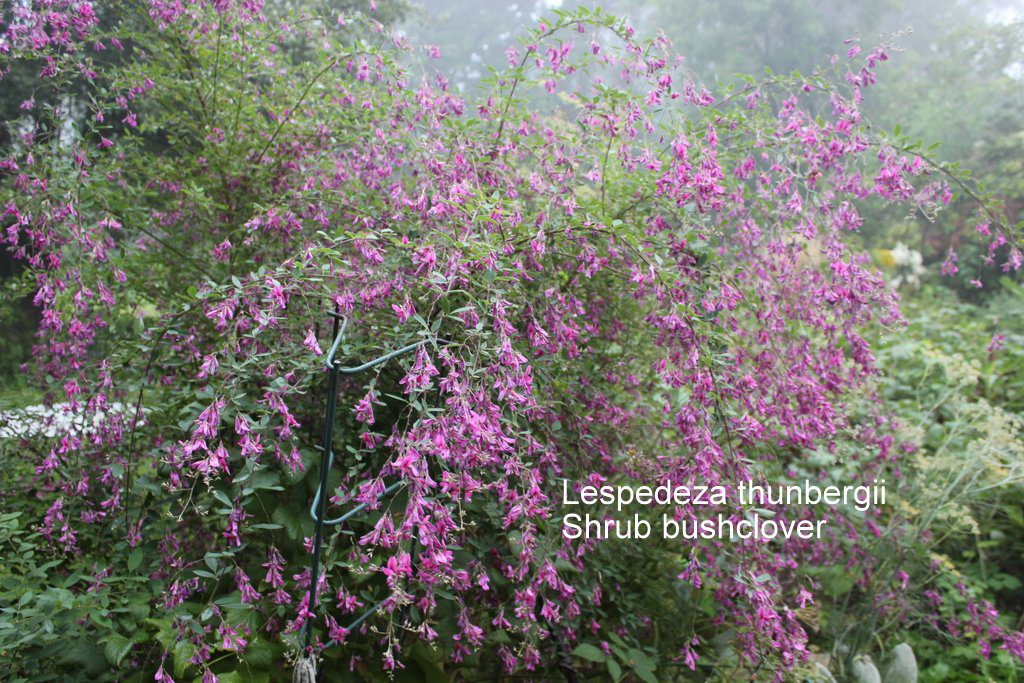
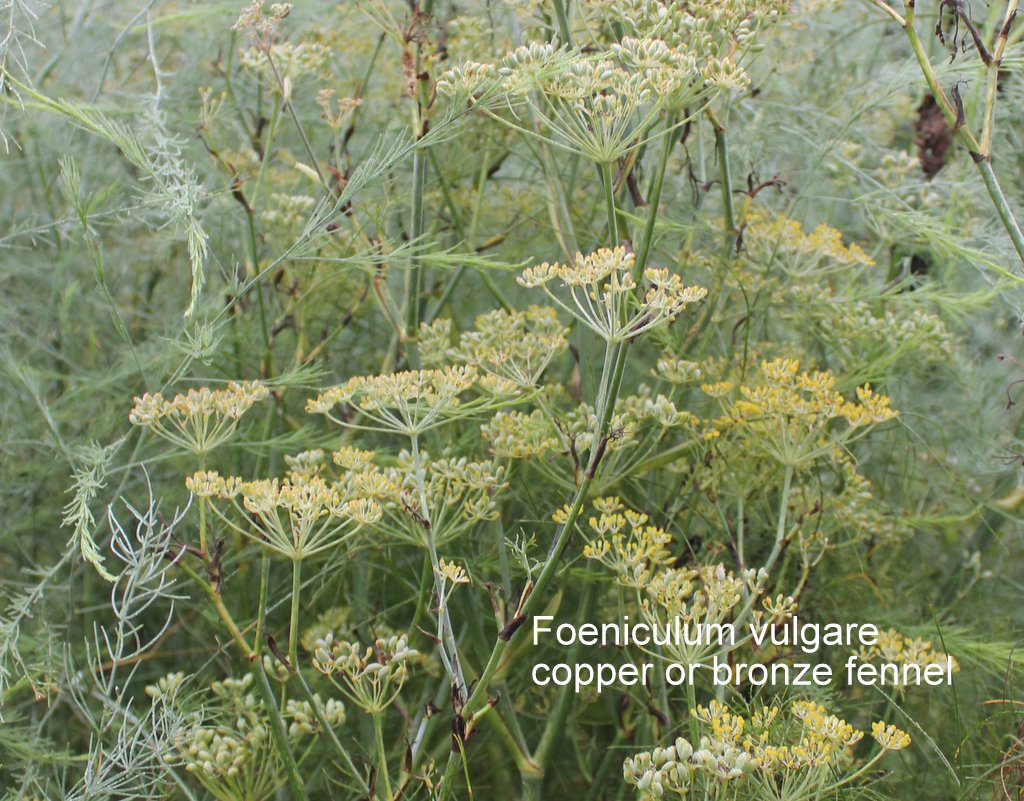
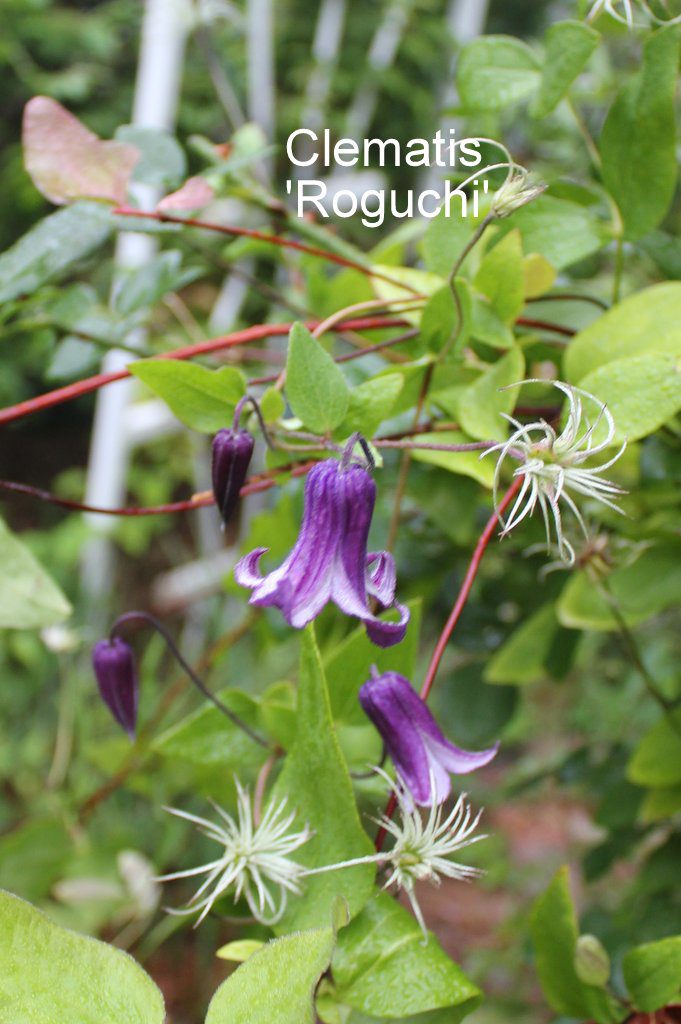
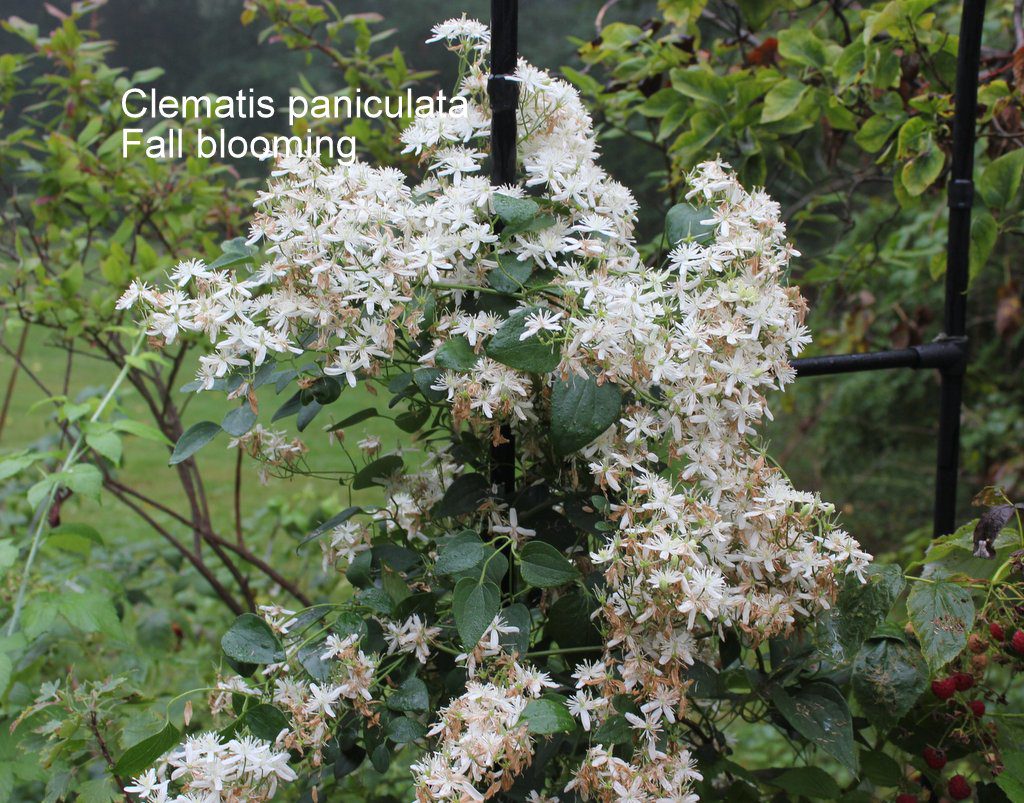
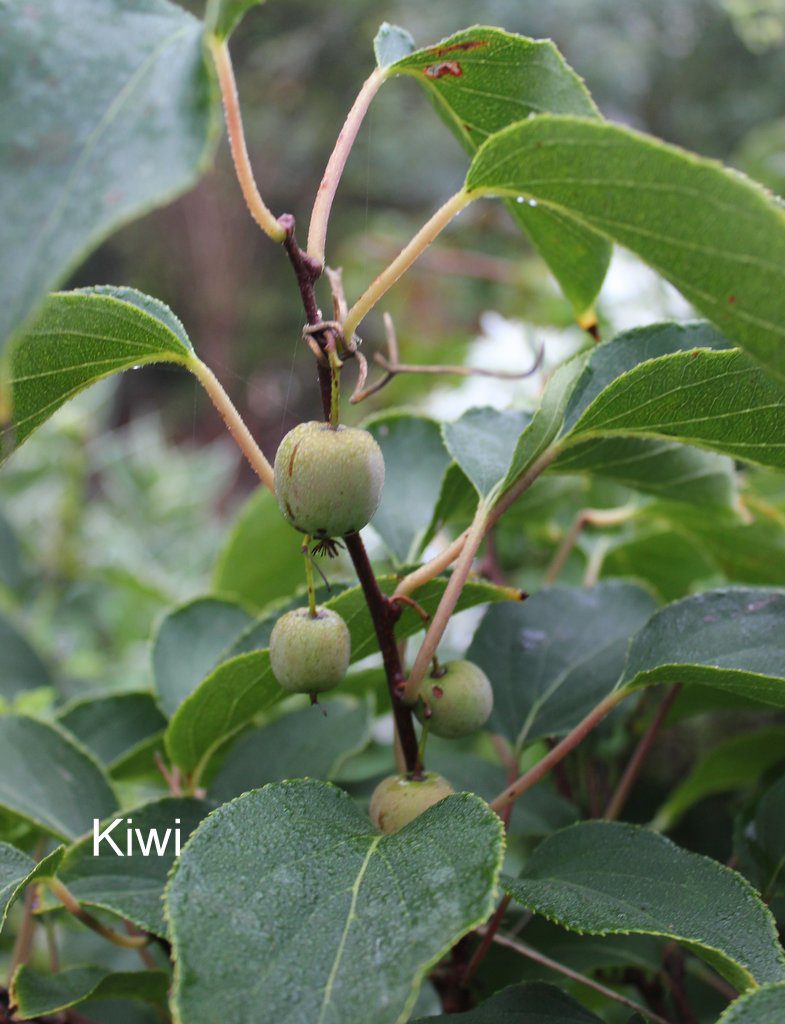
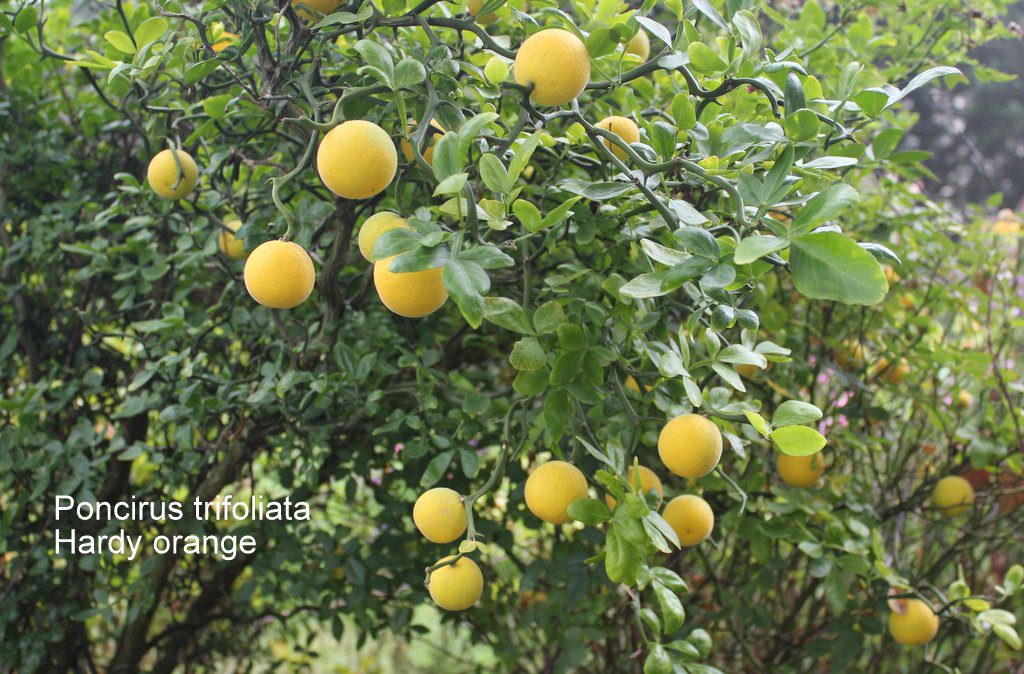
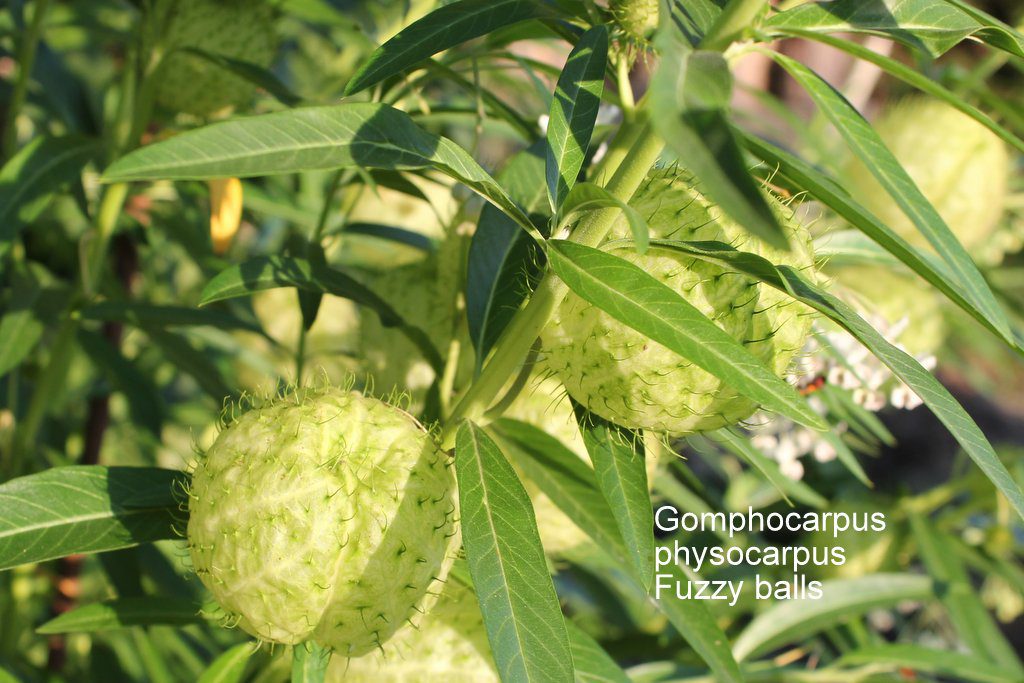
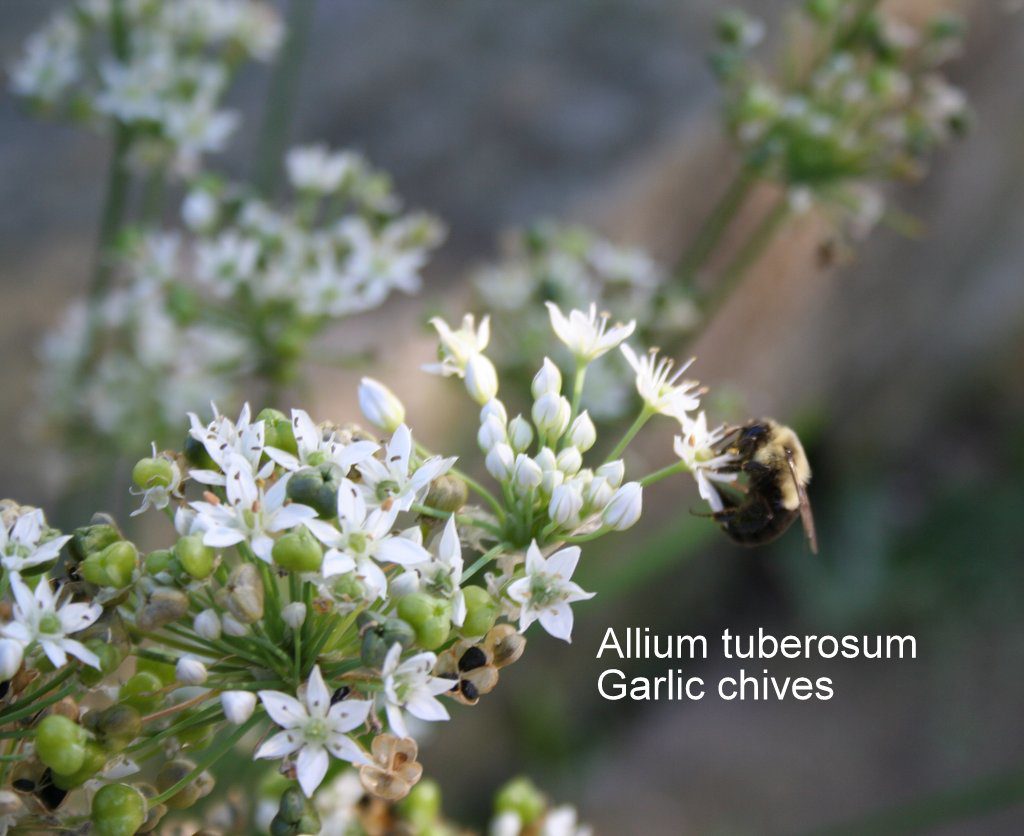
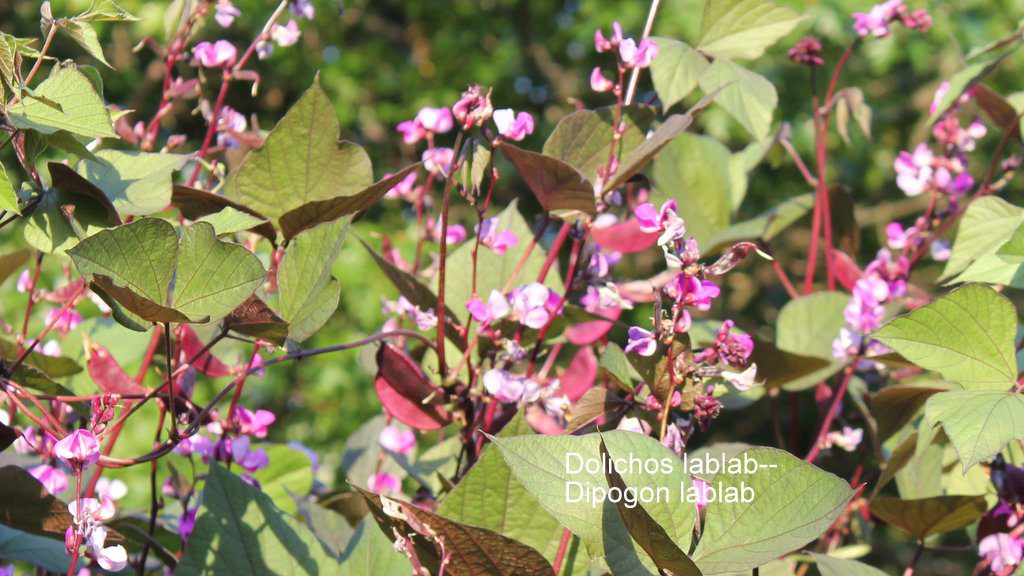
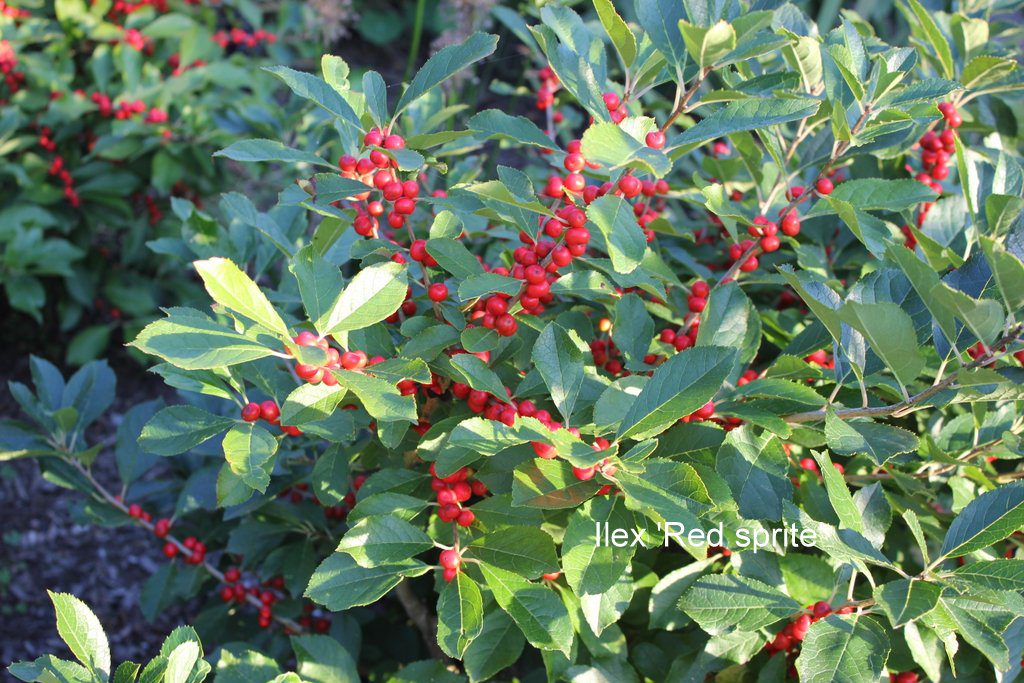
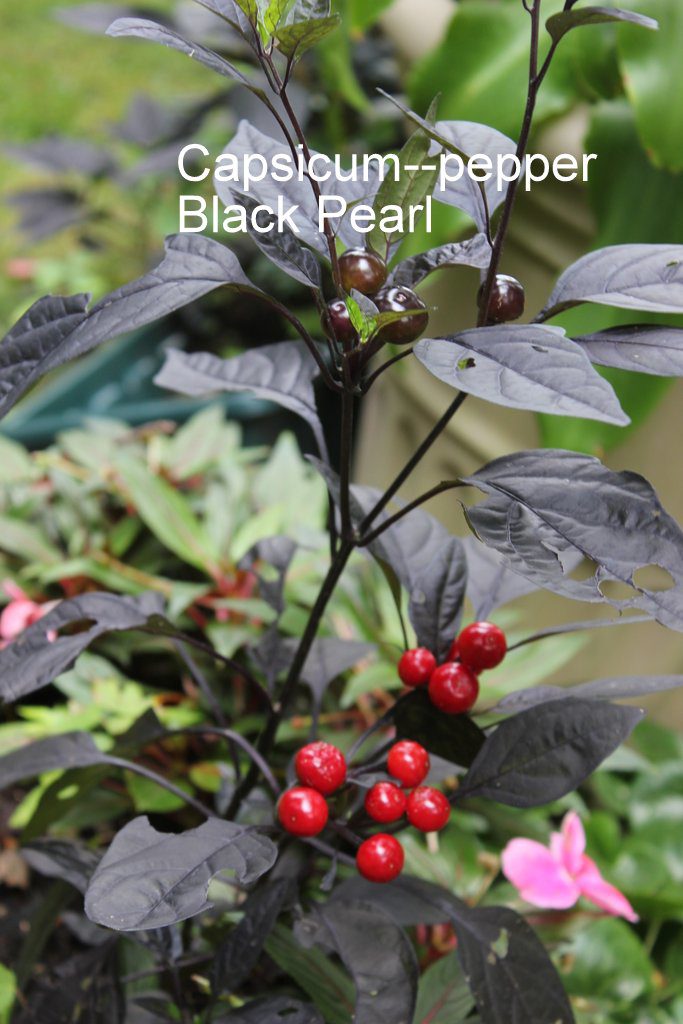
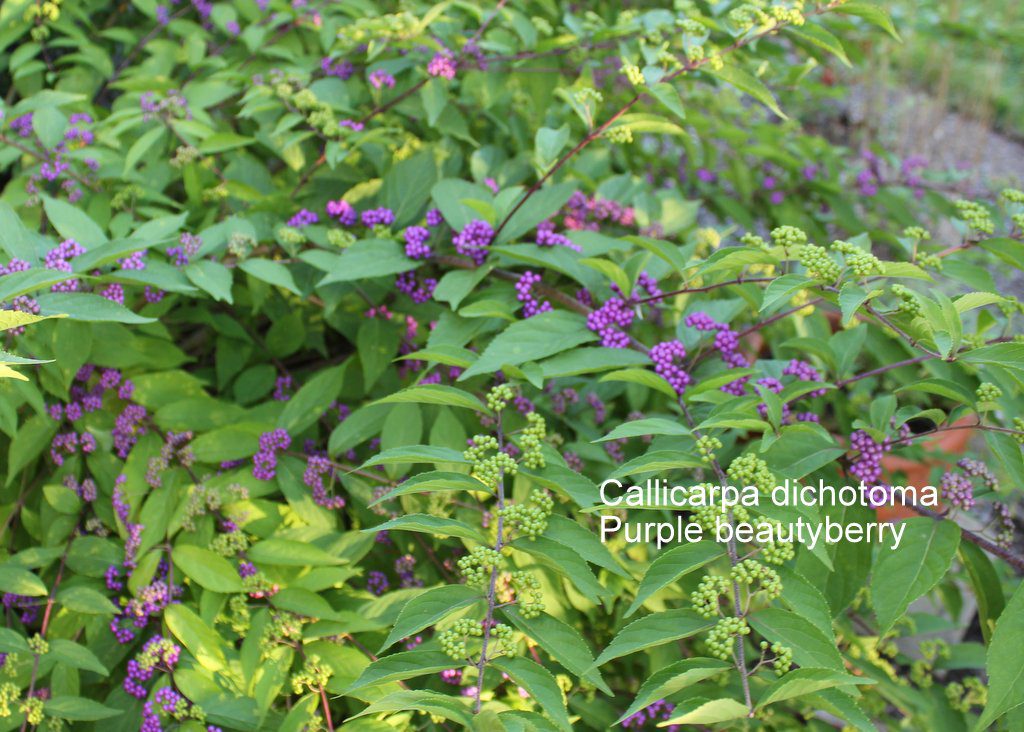
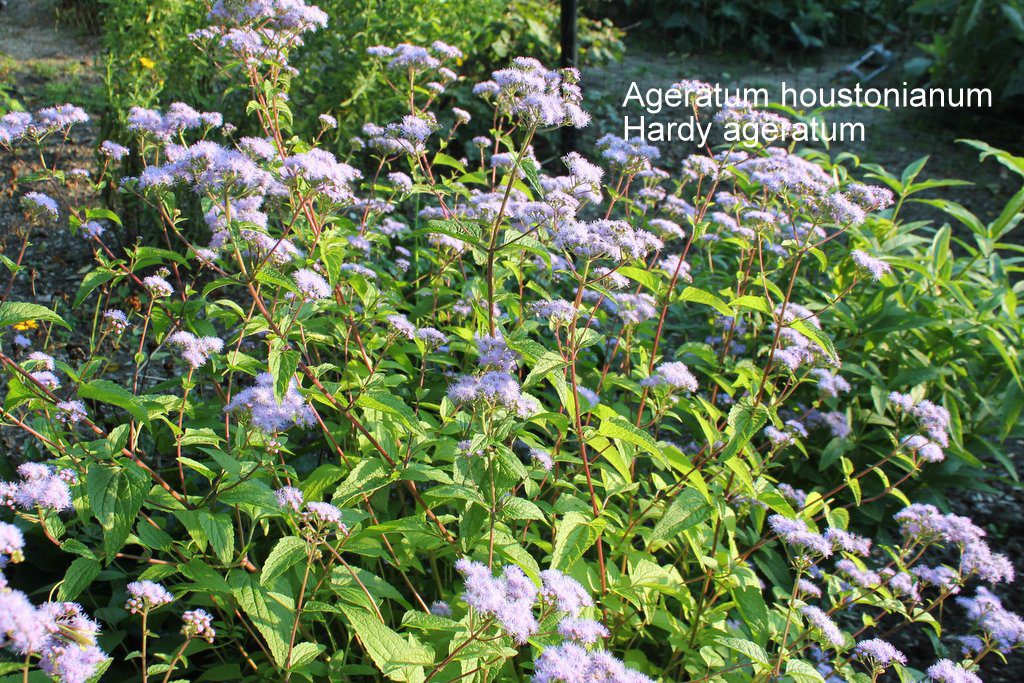
Thank you, Lois — lovely pictures! I recognize one or two of these particular plants! I have an issue with the Persicaria’s invasive qualities; people should be aware of this.
Beautiful. Thank you.
Lois, Thanks so much for such an informative post. There were definitely some do/don’t do points I didn’t previously know.